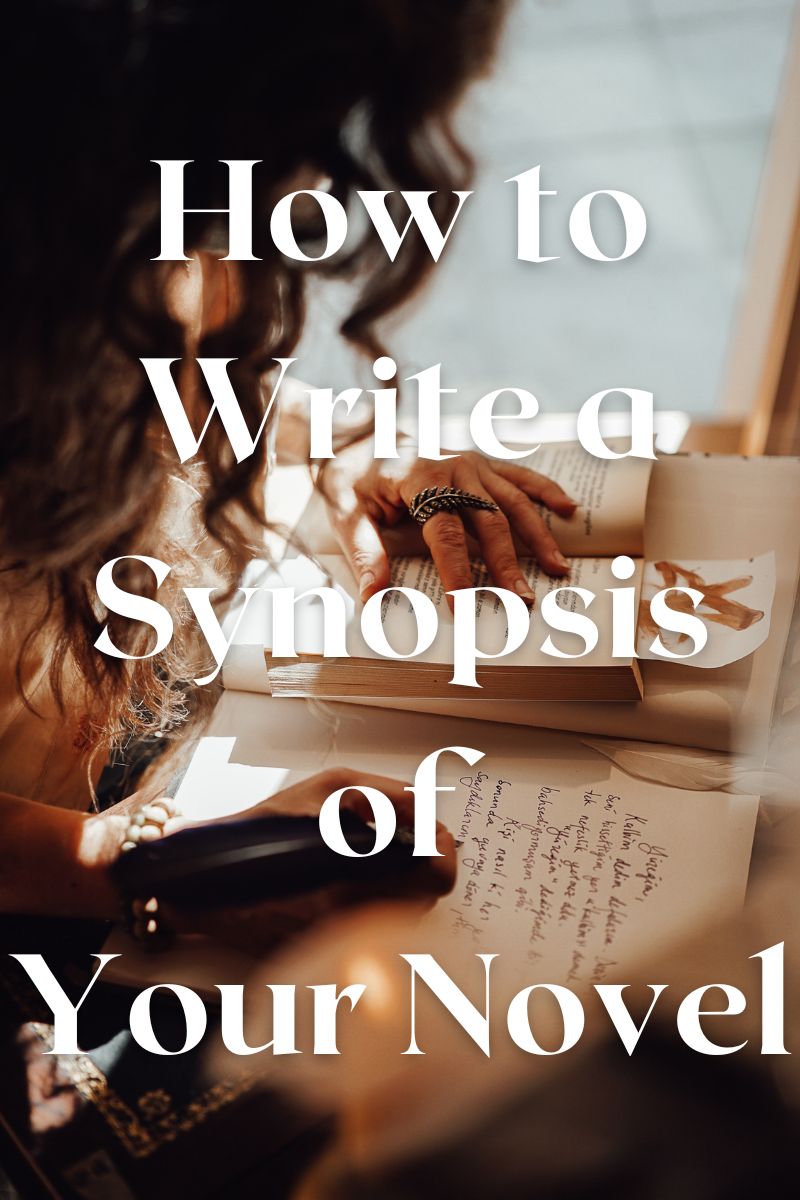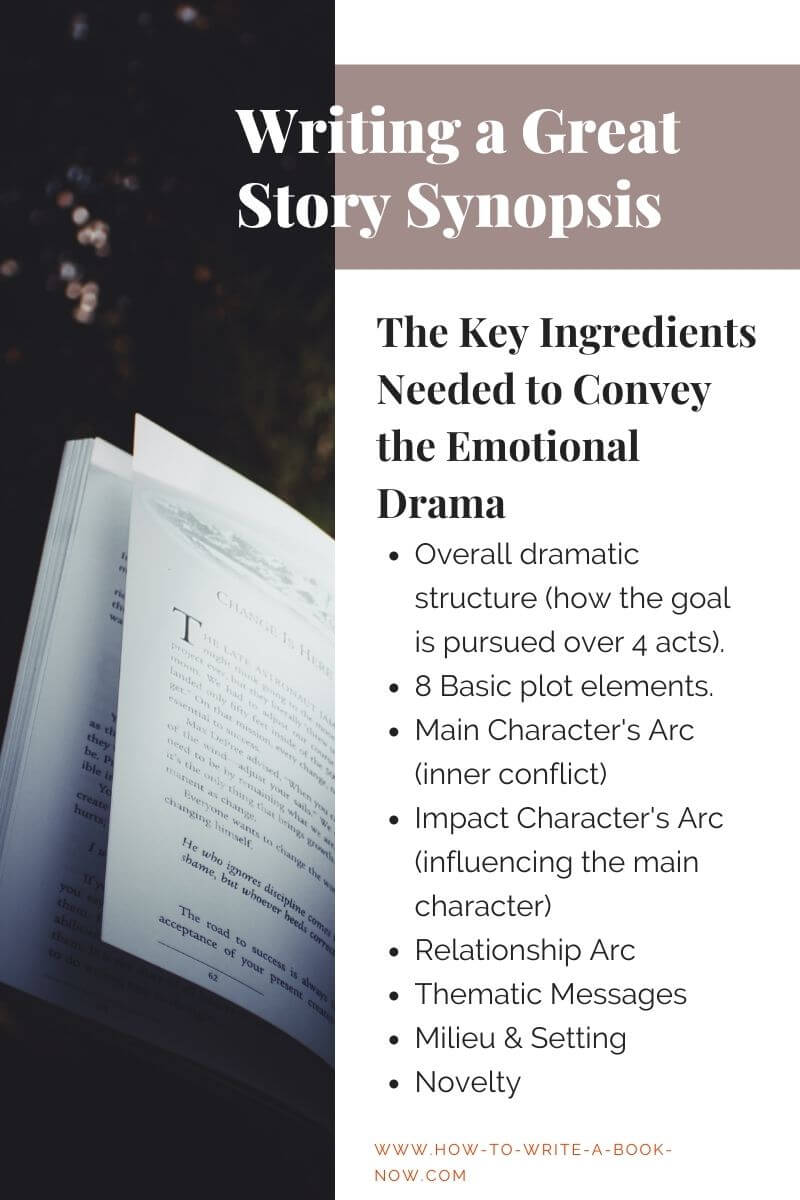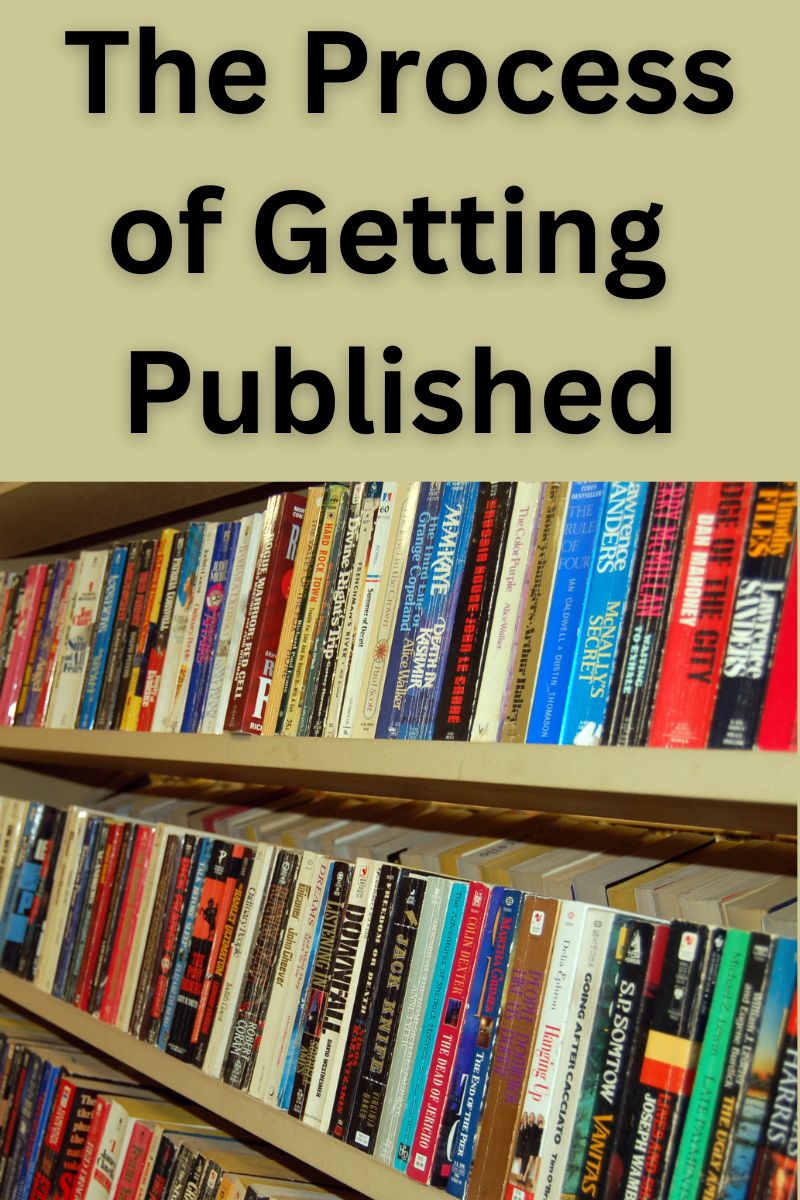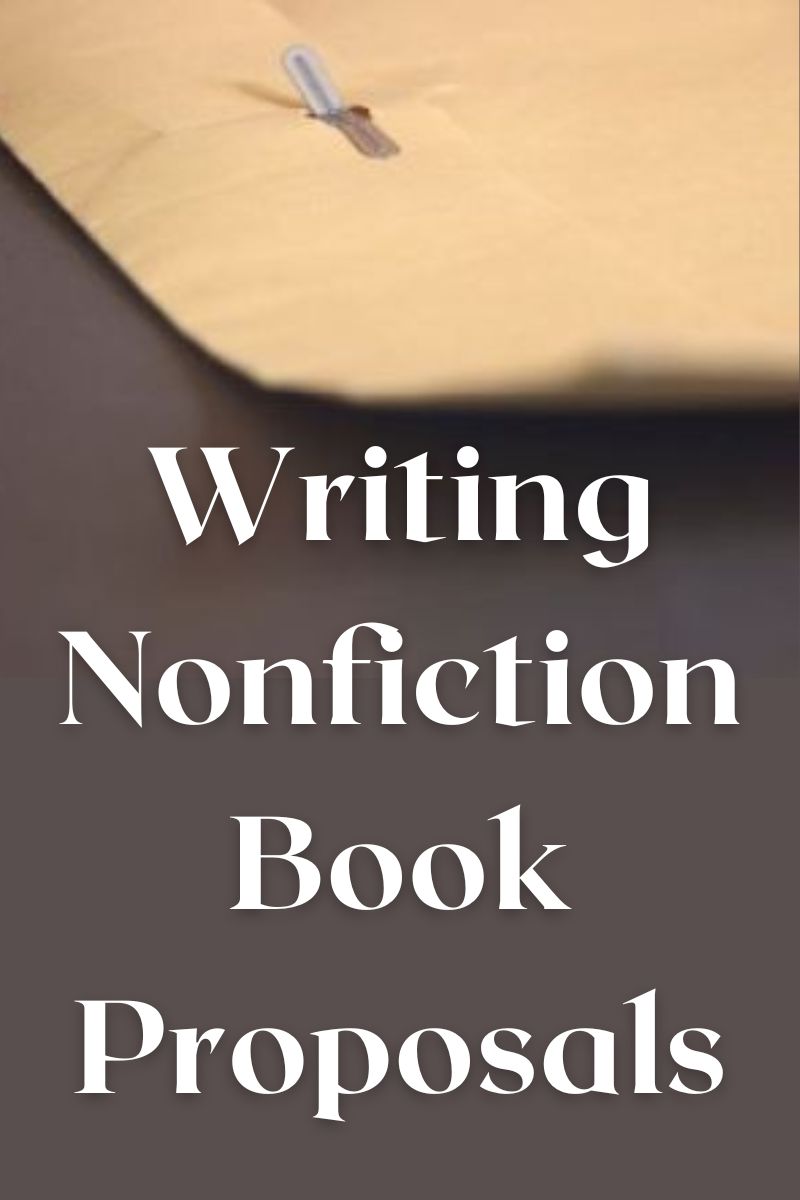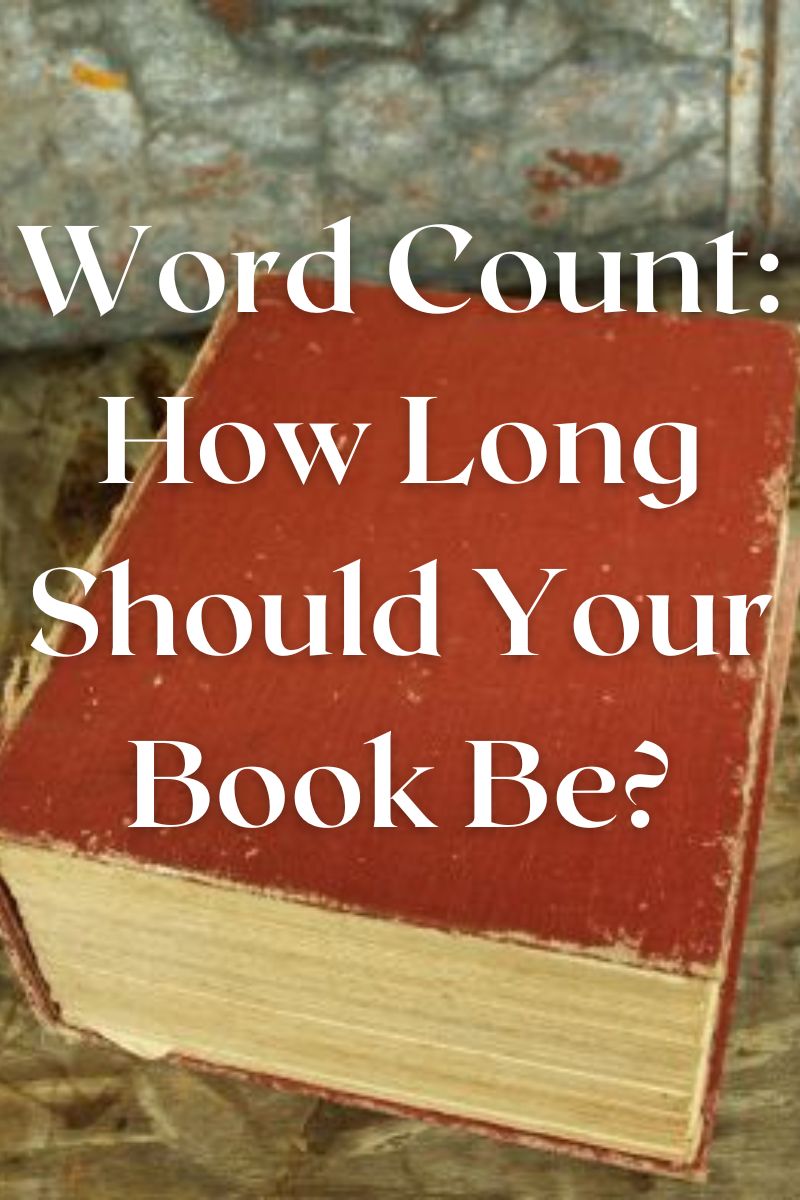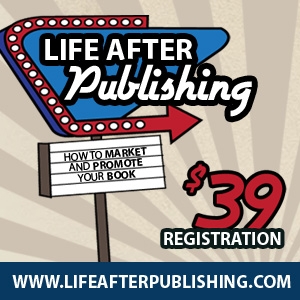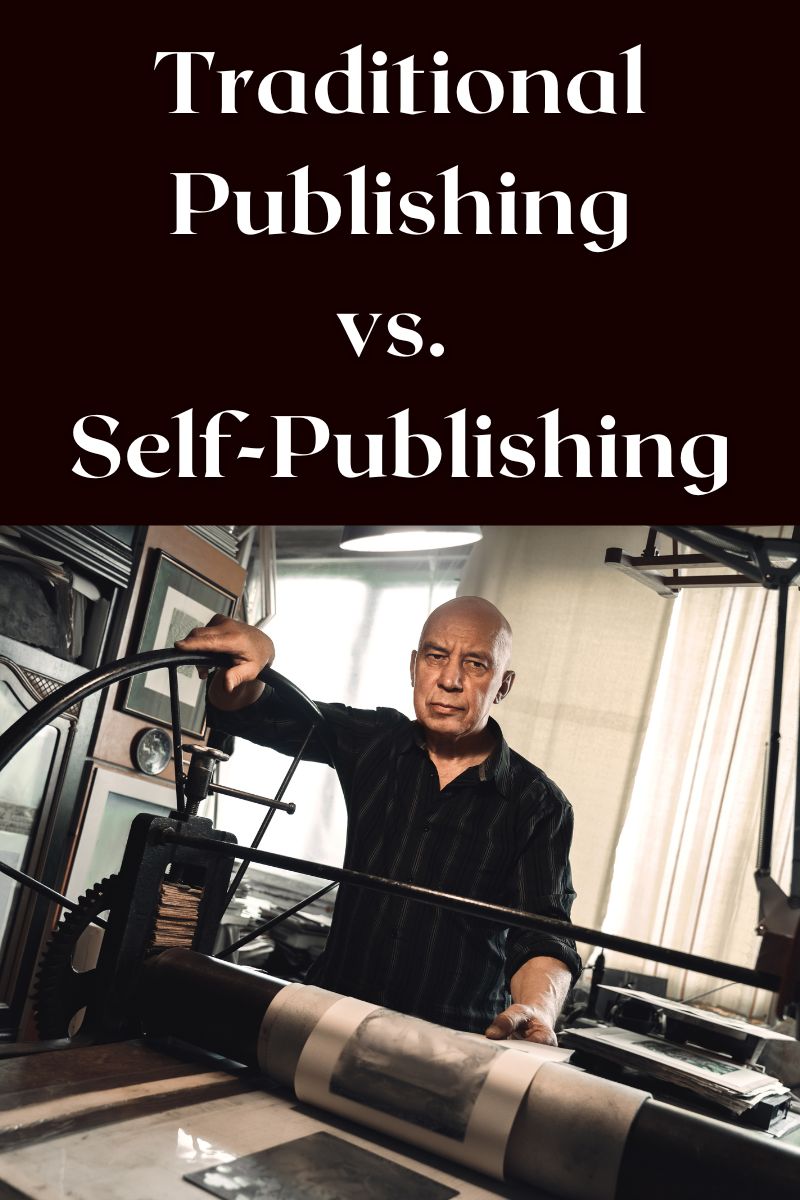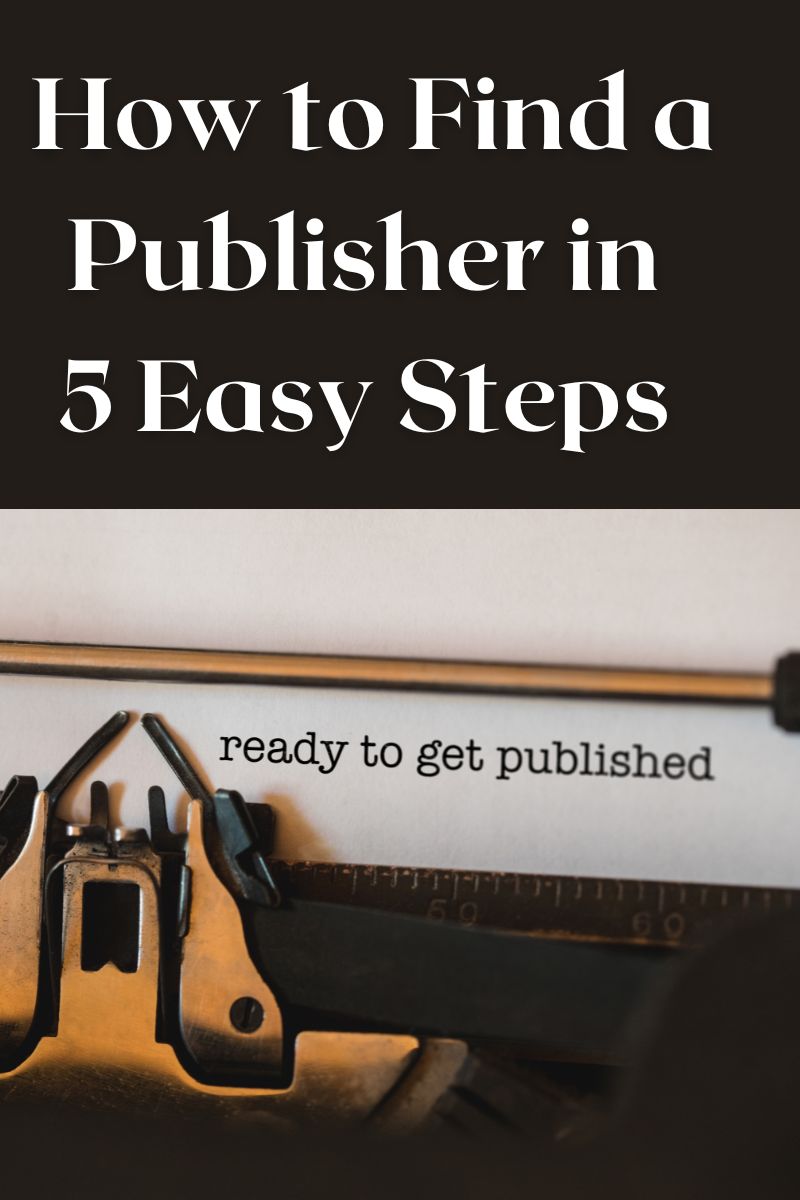How to Write a Synopsis of Your Novel*
By Glen C. Strathy
To sell your novel, you may need to know how to write a synopsis, even if you are a pantser-type novelist who can write a whole novel without making an outline first. Agents and publishers will often ask for a synopsis along with sample chapters before they request a complete manuscript.
The biggest mistake most people make when they try to write a synopsis for the first time is to create a bare bones plot summary, along the lines of “First this happens, then this happens, then this happens...” Synopses written this way tend to be so dry and boring even the author would have trouble understanding why anyone would want to read the full novel.
Imagine, for example, if a sports writer described a hockey game as “First one team scored. Then the other team scored. Then the first team scored twice. Then the game ended.” Pretty boring, yes?
What makes a hockey game or a novel mesmerizing is not a step-by-step description of what happens, but the emotions that accompany the actions, the anticipation, fear, hope, excitement, and disappointment at each turn of events. The elation of victory at the end, or the agony of defeat. It is the emotional twists and turns that make a novel or a hockey game appealing. Just as a good sports writer can describe a game in terms that capture the emotions, the secret of how to write a synopsis is to incorporate the emotional twists and turns of your characters – especially your main character – at the same time as you describe your sequence of plot events.
If you used Dramatica theory to create an outline for your novel before you started writing, writing a synopsis for your finished novel should be an easy task. Most of the work has already been done. It is simply a matter of taking the major story points and editing them into something resembling a short story (albeit without dialogue or description).
If you didn't work from an outline, creating a synopsis will take a little more work. However, writing a synopsis can have additional benefits. It can be an opportunity to discover any remaining weaknesses in your story before you submit it to an agent or editor.
While one should not be too formulaic, here's how to write a synopsis that addresses both the plot and the emotional sides of your story...
How to Write a Synopsis Step 1:
Start With Plot Basics
You know that your plot is a sequence of events that proceed through several basic stages. These include...
- The inciting incident that gets things moving, sets the protagonist on course towards his goal, etc.
- Event(s) which illustrate opposition to the Story Goal.
- The crisis: the decisive event or turning point that that sets the story on a course for either achieving the goal or failure.
- The resolution or the climax, which illustrates the achievement (or not) of the goal and its aftermath.
How to Write a Synopsis Step 2:
Add the Main Character's Arc
The emotional side of the story will be expressed in part by the main character's progression through four stages as well. For instance, see if you can answer the following questions...
- Who is your main character at the start of the story? What kind of person is he/she? What is his/her approach to life?
- Describe how your main character is thrust into a situation where he/she is pressured to change.
- Does your main character decide to take a leap of faith and change? Does he adopt a new approach or take some uncharacteristic action? Or does she hold true to who she is and become more entrenched in her attitude or approach?
- At the end of the novel, is the main character better off because of the choice he/she has made? Does the reader feel he/she has done the right thing?
How to Write a Synopsis Step 3: Consider the Impact Character's Role
The impact character (or sometimes characters) are responsible for pressuring the main character to change, generally by giving an example of a diametrically different approach or outlook. He or she shows why and how the main character might need to change. So consider ...
- When the impact character enters the novel, how does he/she express a different approach or attitude to that of the main character?
- How does the impact character pressure or influence the main character to either abandon his old ways or learn a new way of doing things?
- If the main character changes at the climax of the story, the impact character typically remains fixed in his ways. On the other hand, if the main character stays the same, the impact character may be forced to change. How is this illustrated in your novel?
- Is the impact character better or worse off at the end of the novel?
How to Write a Synopsis Step 4:
The Major Relationship
Another aspect to a well-rounded story is the progression of the relationship between the main and impact characters. For instance, in a romance these two are usually the romantic hero and heroine. In a comic book adventure, they could be the hero and villain, hero and mentor, etc. Regardless who these two characters are to each other, the relationship between them will also exhibit an emotional arc. You may need to consider...
- How their relationship stands at the beginning of the story.
- How their relationship develops or is tested in the course of the story.
- The climax of their relationship (a decisive change).
- Their relationship at the end of the story. How is it different?
As you can probably guess, all of the “#1”s from each of the steps above will go into the first part of your synopsis. All the “#2”s will go into the second part, etc. You may find it useful to write each point on an index card or piece of paper. Then you can sort them into four piles representing the order they will appear in your synopsis.
How to Write a Synopsis Step 5: Include Thematic Considerations
What issues do your characters struggle with in your novel? What themes will be addressed and weighed in the story? What is the message or moral? If these points are a crucial part of your novel, write them on index cards and put them into the appropriate pile, depending on where they are illustrated in your story.
How to Write a Synopsis Step 6: Include the 8 Basic Plot Elements
Review the article,
How to Create a Plot Outline in 8 Easy Steps.
Write an index card for each of the 8 basic plot elements, describing how it is illustrated in your novel. Once again, put each card into the appropriate pile, according to where the illustration appears in the story.
How to Write a Synopsis Step 7:
Edit All Your Points Together.
By now you have a set of over 24 index cards, each describing an element of your novel. The cards are in four piles, representing the four acts of your story. Your final step is to arrange the cards in order within each pile and write/edit them together to create a summary of your story. If you have included all of these elements, you should find that your synopsis covers not only the events that make up the plot but also the emotional side of your novel.
A Few Other Tips On How to Write a Synopsis
What else do editors want to learn from your synopsis? It also helps to show them in the first paragraph or so that...
- Your story has an original idea or premise – something they haven't seen a million times.
- You have an interesting main character.
- Your subject matter and theme are either topical or intriguing.
Finally, your synopsis as a whole should show...
- You can create a sound plot that makes sense. Your events should build tension and lead to a satisfactory conclusion.
- The tone and style your novel will be written in.
* based in part on Dramatica theory created by Melanie Anne Phillips and Chris Huntley.
- Home
- Publishing
- Writing Synopses
